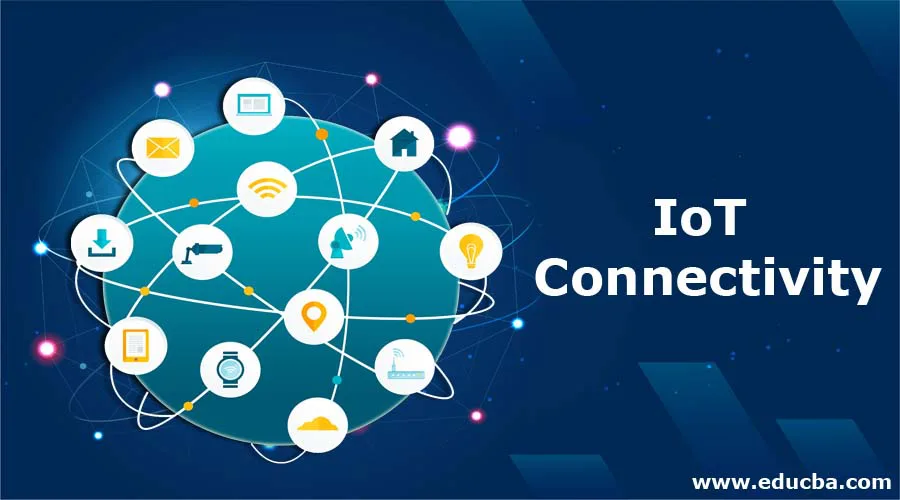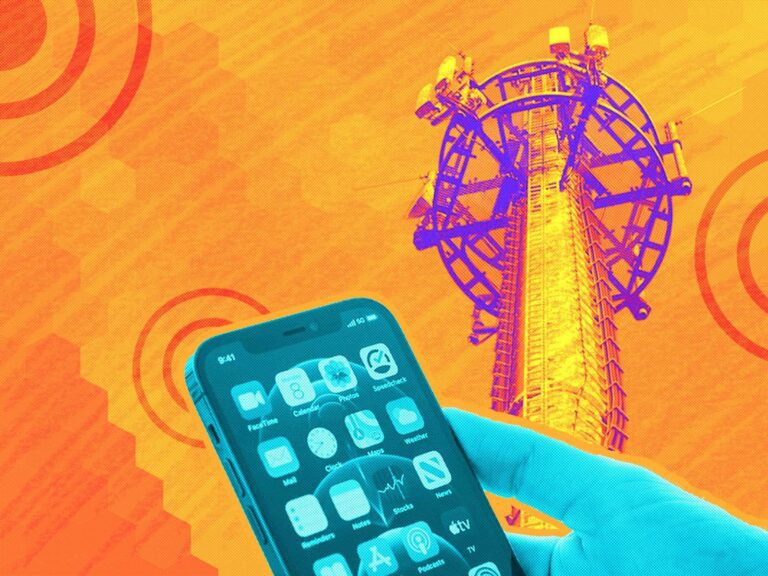Power
Connectivity For IoT
This short overview of IoT connectivity options will help you define your needs, inform your decisions and get your smart project on the right track.
Let’s Discuss
IoT connectivity is a term defining connection between all the points in the IoT ecosystem, such as sensors, gateways, routers, applications, platforms and other systems. It usually refers to different types of network solutions based on their power consumption, range and bandwidth consumption. IoT projects vary in their requirements and many of them use different connectivity options depending on their needs.
This short overview of IoT connectivity options will help you define your needs, inform your decisions and get your smart project on the right track.
With a long history of use going way back to the traditional M2M connectivity environments, wireless cellular communication remains the backbone for many IoT use cases and a popular choice among the Internet of Things service providers and device manufacturers. By granting the widest possible coverage with a whopping bandwidth to support it (and with 5G on the horizon), cellular networks are able to face the current challenges of streaming high-definition media to devices that are either connected to an electricity supply or easily rechargeable.

A large portion of industrial IoT projects is outside of city infrastructure. Another considerable chunk comprises temporary or pop-up IoT solutions not tied to a single location. Some examples of these projects could be construction sites, temporary event locations, pop-up retail, or first responders and emergency services.Naturally, such projects cannot rely on a wired connection and require alternative connectivity options. Besides, most of them do not even have access to a power source. As such, they need a solution that covers both of these challenges.
SpeedFi provides a wide range of Wi-Fi services, such as network installations, temporary Wi-Fi for events, construction sites, mobile broadcasts, business continuity-emergency Internet. They also produce portable, high speed connectivity devices to assist organizations with mission-critical communication.

As participating in a connected society continues to both evolve and impact our daily lives, the number of devices that are part of the Internet of Things is accelerating at an astonishing rate. Depending on the projection you subscribe to, there could be as many as 3.2 billion devices in play by the end of 2023, a significant increase on the 700 million that are part of the IoT today.
Although there are numerous reasons why the number of connected devices is on the rise, there is very little doubt that the long-awaited integration of 5G communication technology will have an impact on this increase. As 5G not only replaces the existing 4G standard but also becomes the norm, there is a defined need for companies and manufacturers to take this next generation of connectivity into account when designing, testing, and launching their IoT-specific devices and sensors.